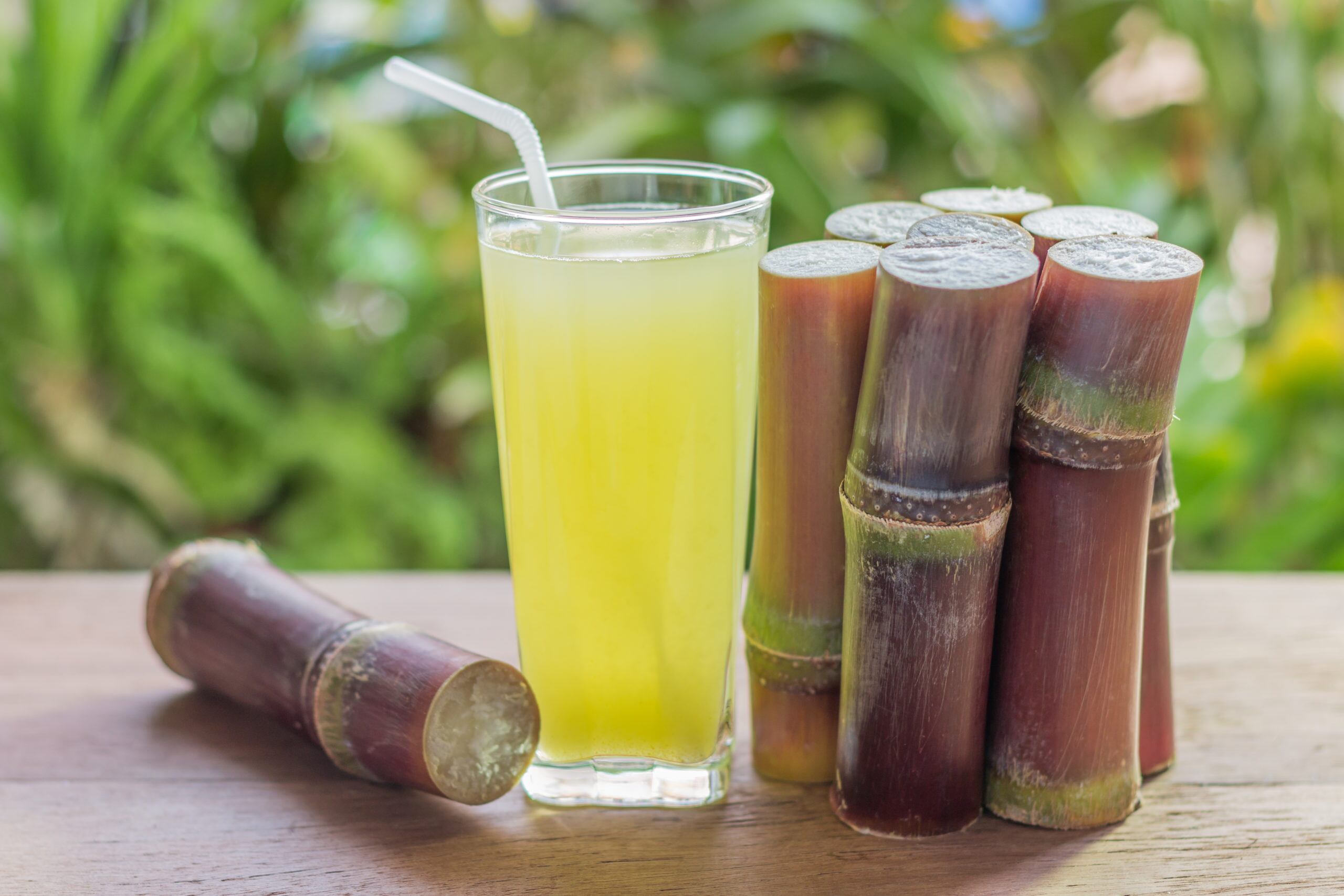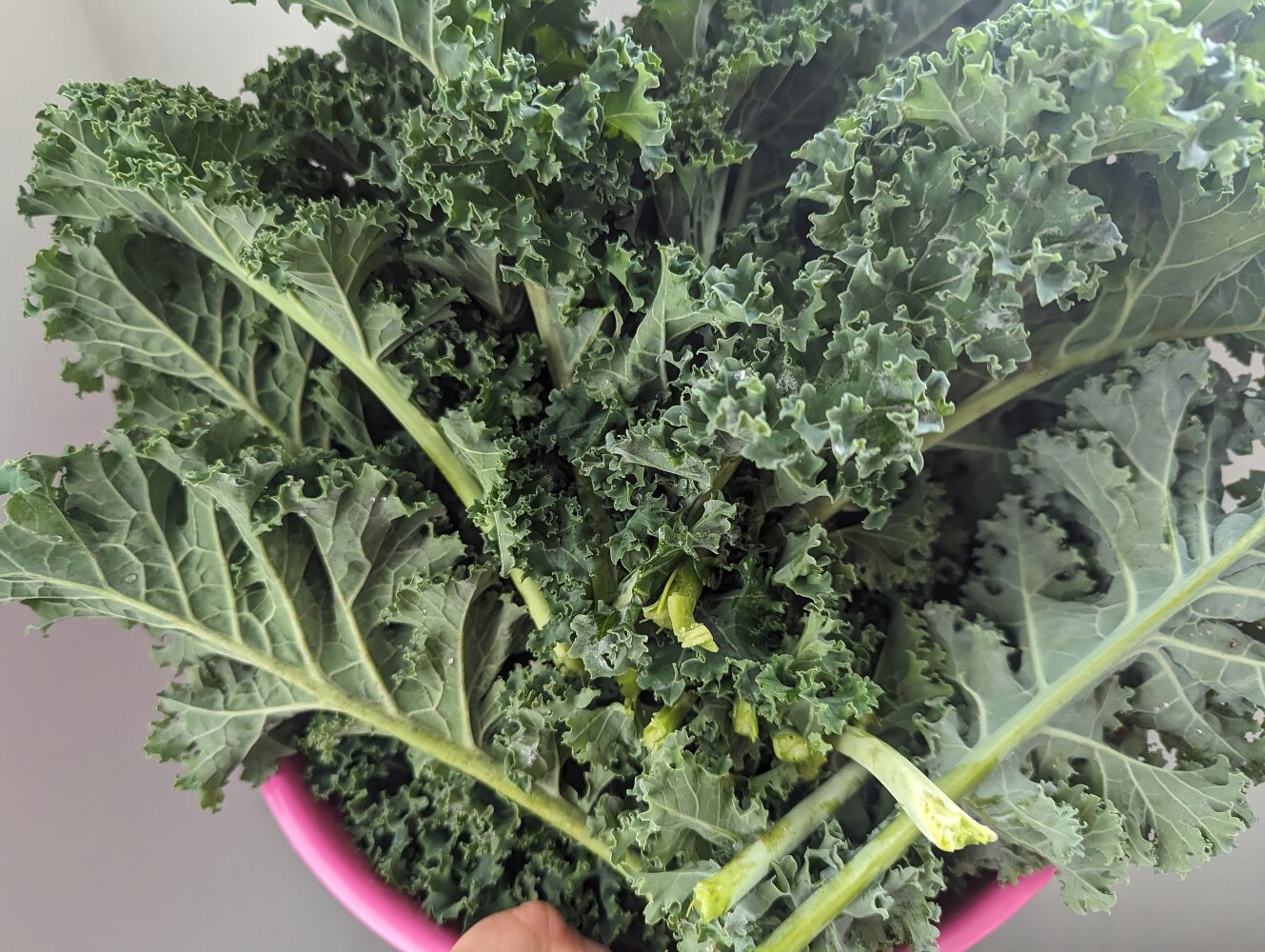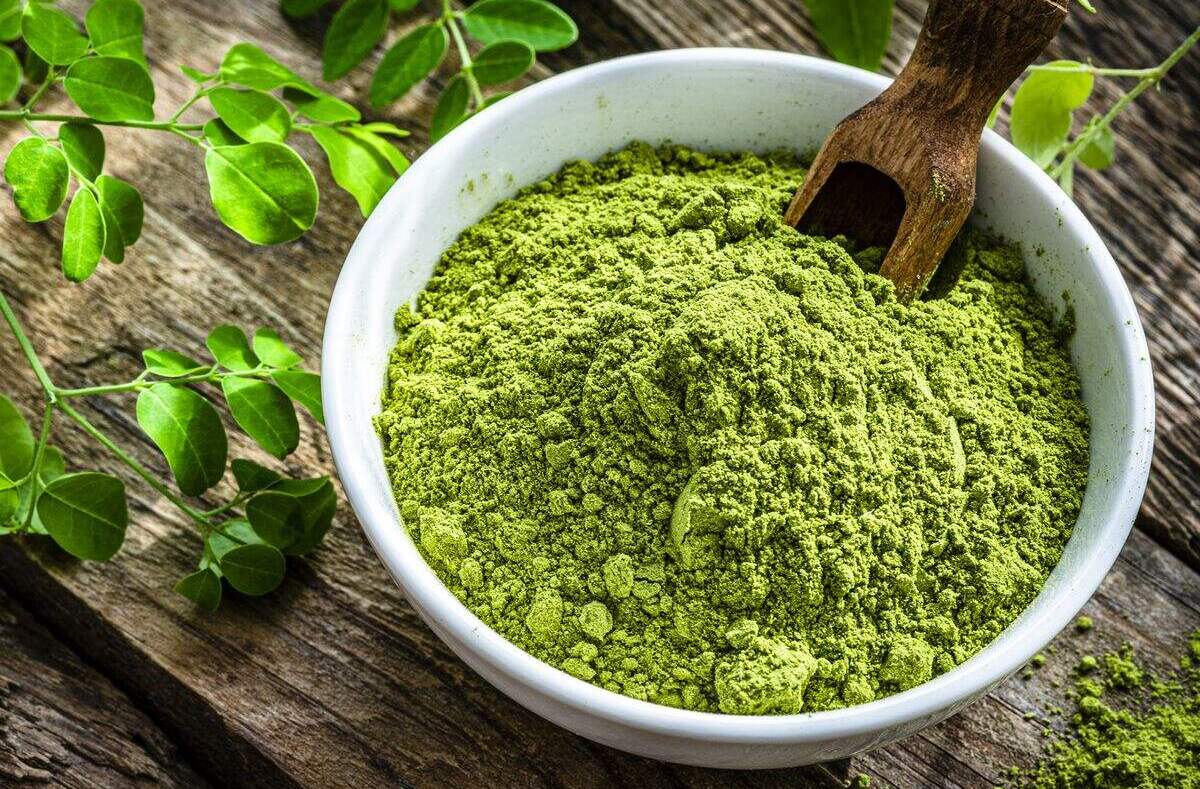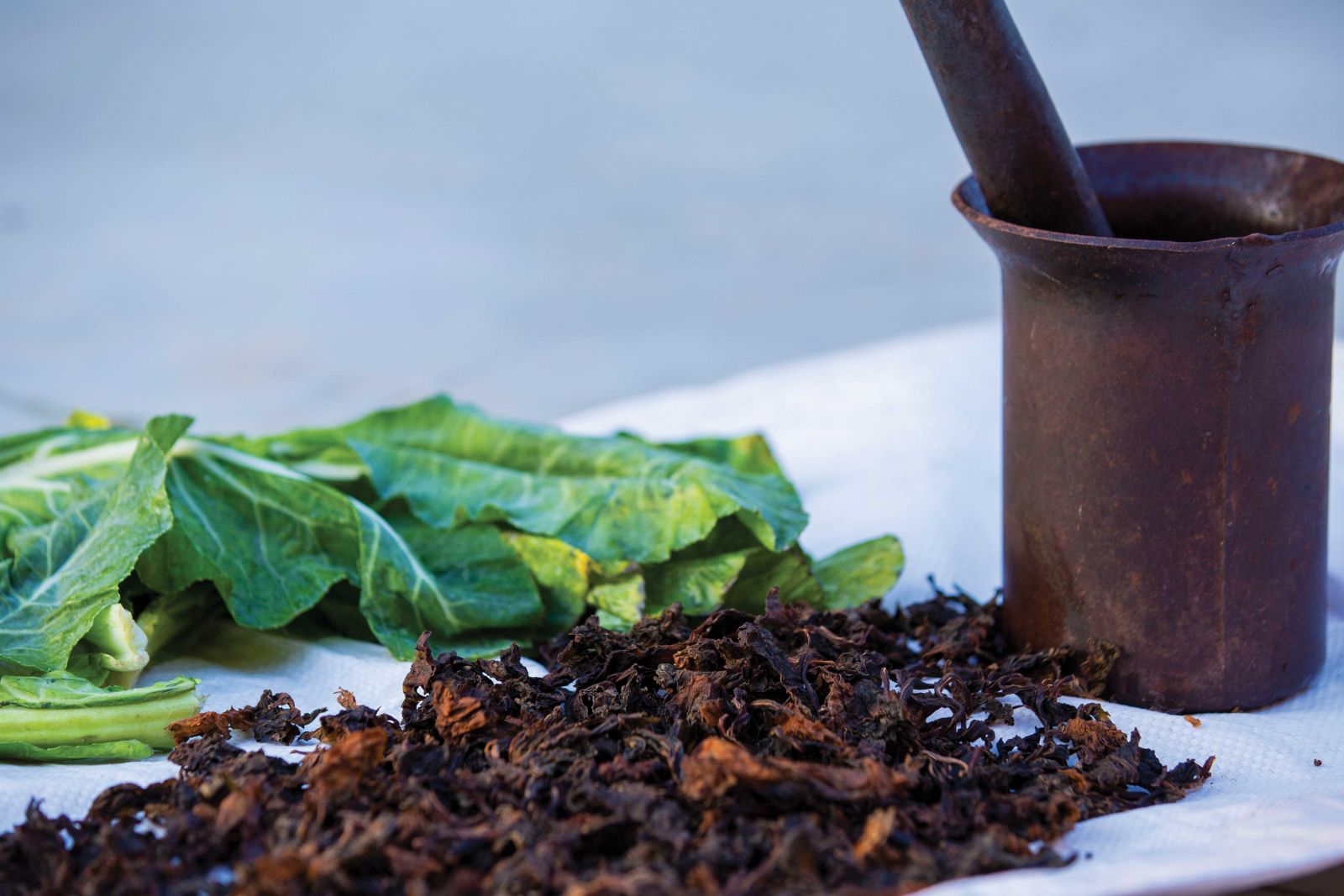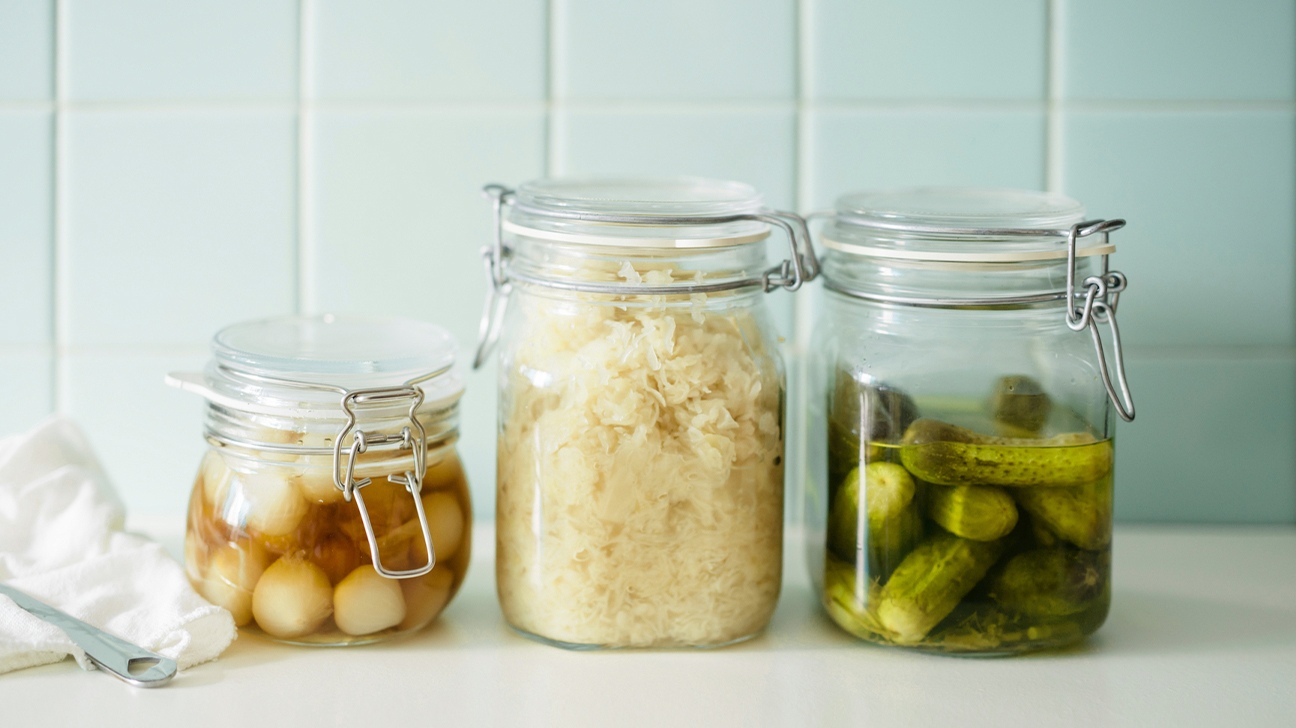What is Cassava Flour?
Cassava flour is a gluten-free, grain-free, and nut-free flour made from the whole root of the cassava plant. It is a great alternative to traditional flours for those with dietary restrictions or looking for a nutritious option.
Why Ferment Cassava Flour?
Fermenting cassava flour can enhance its nutritional value and make it easier to digest. The fermentation process breaks down complex carbohydrates and anti-nutrients, making the flour more digestible and increasing the availability of nutrients.
How to Ferment Cassava Flour
Here’s a simple step-by-step guide to fermenting cassava flour at home:
- Start with Quality Cassava Flour: Ensure you are using high-quality, organic cassava flour for the best results.
- Combine Flour and Water: In a mixing bowl, combine the cassava flour and water. Use a 1:1 ratio of flour to water, and mix well to form a smooth, thick batter.
- Cover and Let it Sit: Cover the bowl with a clean cloth or plastic wrap to prevent contamination. Allow the mixture to sit at room temperature for 24-48 hours. This will give the natural yeast and bacteria present in the environment time to ferment the flour.
- Check for Bubbling: After 24 hours, check the mixture for small bubbles on the surface. This is a sign that fermentation is taking place.
- Use or Store: Once the fermentation process is complete, the cassava flour is ready to use in your favorite recipes. You can also store the fermented flour in an airtight container in the refrigerator for future use.
Recipes Using Fermented Cassava Flour
Now that you have your fermented cassava flour ready, you can use it in a variety of recipes. Here are a few ideas to get you started:
- Fermented Cassava Bread: Use the fermented flour to make a delicious and nutritious gluten-free bread.
- Fermented Cassava Pancakes: Whip up a batch of fluffy and flavorful pancakes using your fermented cassava flour.
- Fermented Cassava Tortillas: Enjoy homemade tortillas made with the nutritional benefits of fermented cassava flour.
Benefits of Fermented Cassava Flour
By fermenting cassava flour, you not only enhance its nutritional value and digestibility but also add a unique flavor profile to your dishes. The fermentation process can also increase the availability of certain vitamins and minerals, making it a healthy choice for your baking and cooking needs.
Give fermenting cassava flour a try and experience the delicious and nutritious benefits it has to offer!
For those looking to experiment with fermented cassava flour, there are several exciting recipes to try. The Fermented Cassava Bread Recipe offers a hearty and flavorful option that's perfect for sandwiches or toast. If breakfast is on your mind, the Fermented Cassava Pancakes Recipe and Fermented Cassava Waffles Recipe provide a unique twist on classic morning favorites. For something more versatile, the Fermented Cassava Tortillas Recipe can be used for wraps, tacos, or even as a base for pizzas. And for a bit of a challenge, the Fermented Cassava Sourdough Bread Recipe is a rewarding project that results in a tangy, soft loaf. Each of these recipes utilizes the fermentation process to enhance the flavor and digestibility of cassava flour, making them well worth a try.
Was this page helpful?
Read Next: How To Ferment Food Without Salt


